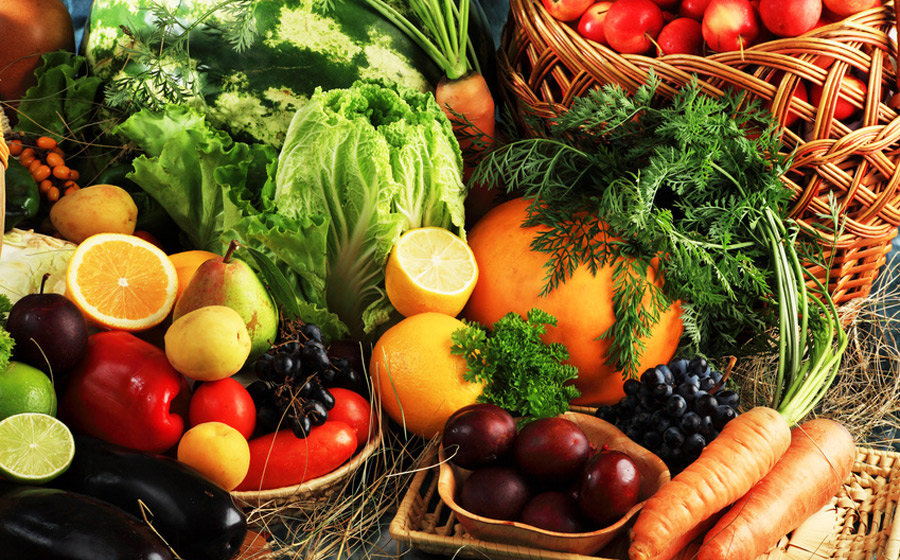
Organic Farming!
Organic farming is an alternative agricultural system which originated early in the 20th century in reaction to rapidly changing farming practices. Organic farming systems reflect several fundamental principles that early innovators established through careful observation of soils, crops, livestock, and life processes in natural and agricultural systems. Practitioners have refined, updated, and expressed these principles in different ways over the past 75 years, yet the foundational principles of organic agriculture remain relatively constant. Organic farming continues to be developed by various organic agriculture organizations today. It relies on fertilizers of organic origin such as compost manure, green manure, and bone meal and places emphasis on techniques such as crop rotation and companion planting. Biological pest control, mixed cropping and the fostering of insect predators are encouraged. In general, organic standards are designed to allow the use of naturally occurring substances while prohibiting or strictly limiting synthetic substances.
Need of organic farmingWith the increase in population our compulsion would be not only to stabilize agricultural production but to increase it further in sustainable manner. The scientists have realized that the ‘Green Revolution’ with high input use has reached a plateau and is now sustained with diminishing return of falling dividends. Thus, a natural balance needs to be maintained at all cost for existence of life and property. The obvious choice for that would be more relevant in the present era, when these agrochemicals which are produced from fossil fuel and are not renewable and are diminishing in availability. It may also cost heavily on our foreign exchange in future.
The key characteristics of organic farming include Protecting the long term fertility of soils by maintaining organic matter levels, encouraging soil biological activity, and careful mechanical intervention Providing crop nutrients indirectly using relatively insoluble nutrient sources which are made available to the plant by the action of soil micro-organisms Nitrogen self-sufficiency through the use of legumes and biological nitrogen fixation, as well as effective recycling of organic materials including crop residues and livestock manures Weed, disease and pest control relying primarily on crop rotations, natural predators, diversity, organic manuring, resistant varieties and limited (preferably minimal) thermal, biological and chemical intervention The extensive management of livestock, paying full regard to their evolutionary adaptations, behavioural needs and animal welfare issues with respect to nutrition, housing, health, breeding and rearing Careful attention to the impact of the farming system on the wider environment and the conservation of wildlife and natural habitats
How organic farming is done?Organic farming is based on holistic, ecologically balanced agricultural principles involving soil fertility, crop rotation and natural pest control. As discussed earlier organic farming is an agricultural method wherein the following techniques are used instead of traditional farming techniques: Crop Rotation: A technique to grow various kinds of crops in the same area, according to different seasons, in a sequential manner Green Manure: Refers to the dying plants that are uprooted and stuffed into the soil in order to make them act as a nutrient for the soil to increase its quality Biological Pest Control: A method in which living organisms are used to control pests, without or with limited use of chemicals Compost: Highly rich in nutrients, this is a recycled organic matter used as a fertilizer in the agricultural farms Advantages of organic farming
It helps to maintain environment health by reducing the level of pollution. It reduces human and animal health hazards by reducing the level of residues in the product. It helps in keeping agricultural production at a sustainable level. It reduces the cost of agricultural production and also improves the soil health. It ensures optimum utilization of natural resources for short-term benefit and helps in conserving them for future generation. It not only saves energy for both animal and machine, but also reduces risk of crop failure. It improves the soil physical properties such as granulation, good tilth, good aeration, easy root penetration and improves water-holding capacity and reduces erosion. It improves the soil’s chemical properties such as supply and retention of soil nutrients, reduces nutrient loss into water bodies and environment and promotes favourable chemical reactions.

